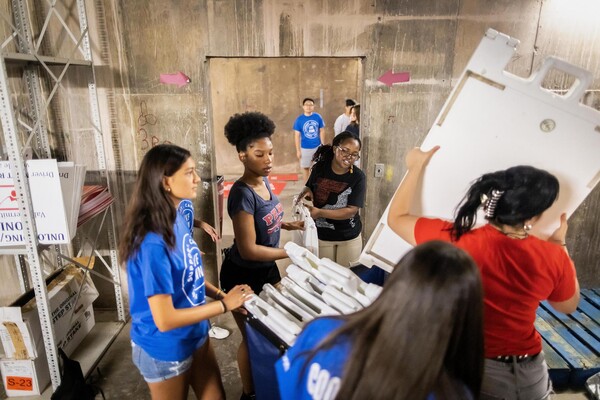"Kitchen Culture in America: Popular Representations of Food, Gender, and Race
At supermarkets across the nation, customers waiting in line—mostly female—flip through magazines displayed at the checkout stand. On those magazine racks are countless images of food and women: moms preparing lunch for the team, college roommates baking together, working women whipping up a meal in under an hour, dieters happy to find a low-fat ice cream that tastes great. In everything from billboards and product packaging to cooking shows and movies, food, according to Sherrie Inness, has a presence that conveys powerful gender-coded messages that shape our society.
The essays in “Kitchen Culture in America” explore popular representations of food and gender in American society from 1895 to 1970. The contributors argue that kitchen culture not only hands down cooking skills and well-loved recipes from generation to generation, but also instructs women about how to behave like “correctly” gendered beings. One chapter reveals how juvenile cookbooks, a popular genre for over a century, have taught boys and girls not only the basics of cooking but also the fine distinctions between their expected roles as grown men and women. Several essays illuminate the ways in which food manufacturers have used gender imagery to define women first and foremost as consumers.
The book also takes a look at the complex relationships among food, gender, class, and race or ethnicity—as represented, for example, in the popular Southern black Mammy figure. In all of the essays, “Kitchen Culture in America” seeks to show how food serves as a marker of identity in American society.
— University of Pennsylvania Press







